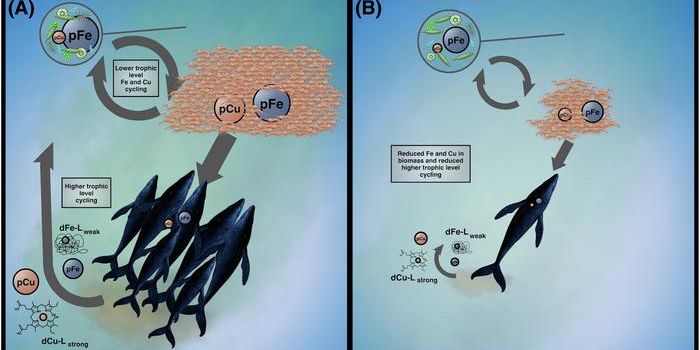Air pollution moving across state lines affects some groups more than others
Have you ever heard about fine particulate matter air pollution? If not, it’s time you do, because it is literally all around you. Fine particulate matter refers the teeny tiny particles that result from chemical reactions of sulfur dioxide and nitrogen oxides that occur in industries and cars exhaust. But fine particulate matter (PM2.5) also comes from the generation of electricity via the burning of fossil fuels – and new research says that this source in particular was the cause of 16,000 premature deaths in the continental US in 2014.
Previous investigations have shown that prolonged exposure to PM2.5 can be extremely dangerous to individuals’ health and can result in respiratory and cardiovascular problems. PM2.5 has been linked to increased incidence of chronic obstructive pulmonary diseases, ischemic heart disease, lung cancer, and cerebrovascular and ischemic stroke, according to a study published earlier this year in Environmental Research Letters.
But this most recent research, which comes from scientists at the University of Washington and was published in the journal Environmental Science & Technology, looks at how PM2.5 travels across state borders to expose vulnerable communities. The researchers found that due to the movement of PM2.5, many communities, although not necessarily close in distance to the polluting point source, are receiving the negative health impacts.
"We looked at emissions from different types of power plants -- including coal, natural gas, diesel and oil power plants -- and modeled how the pollutants would travel based on things like wind patterns or rain. We also consider how emissions can react in the atmosphere to form fine particle air pollution," said lead author Maninder Thind. "That gave us a map of pollution concentrations across the country. Then we overlaid that map with data from the census to get an estimate of where people live and how this pollution results in health impacts."
The team overlaid this data with mortality data from the National Center for Health Statistics and concluded that 2014 resulted in 16,000 premature deaths caused by electricity generation emissions. Mortality numbers were significantly varied across the country; some states had very high numbers (Pennsylvania reported 2,000 premature deaths) and some had very low numbers (Montana with 10).
The group also determined that these negative health impacts are affecting black and white non-Latino Americans at higher rates, even after accounting for differences in income. "A lot of people may expect that the disparity we see for race or ethnicity comes from an underlying difference in income. But that's not what we see," commented co-author Christopher Tessum. "We find that differences by race or ethnicity tend to be larger than differences by income group."
Because of this phenomenon of traveling PM2.5, the authors suggest that we need to reconsider our policies on air pollution. "Our data show that even if states take measures to change their own electricity production methods, what happens across state lines could dramatically affect their population," said senior author Julian Marshall. “We've seen in our previous research that our society is more segregated by race than by income, and now it's showing up again with air pollution from electricity generation emissions. These results can help local, state or national governments make more informed decisions that will improve everyone's air quality and quality of life."








